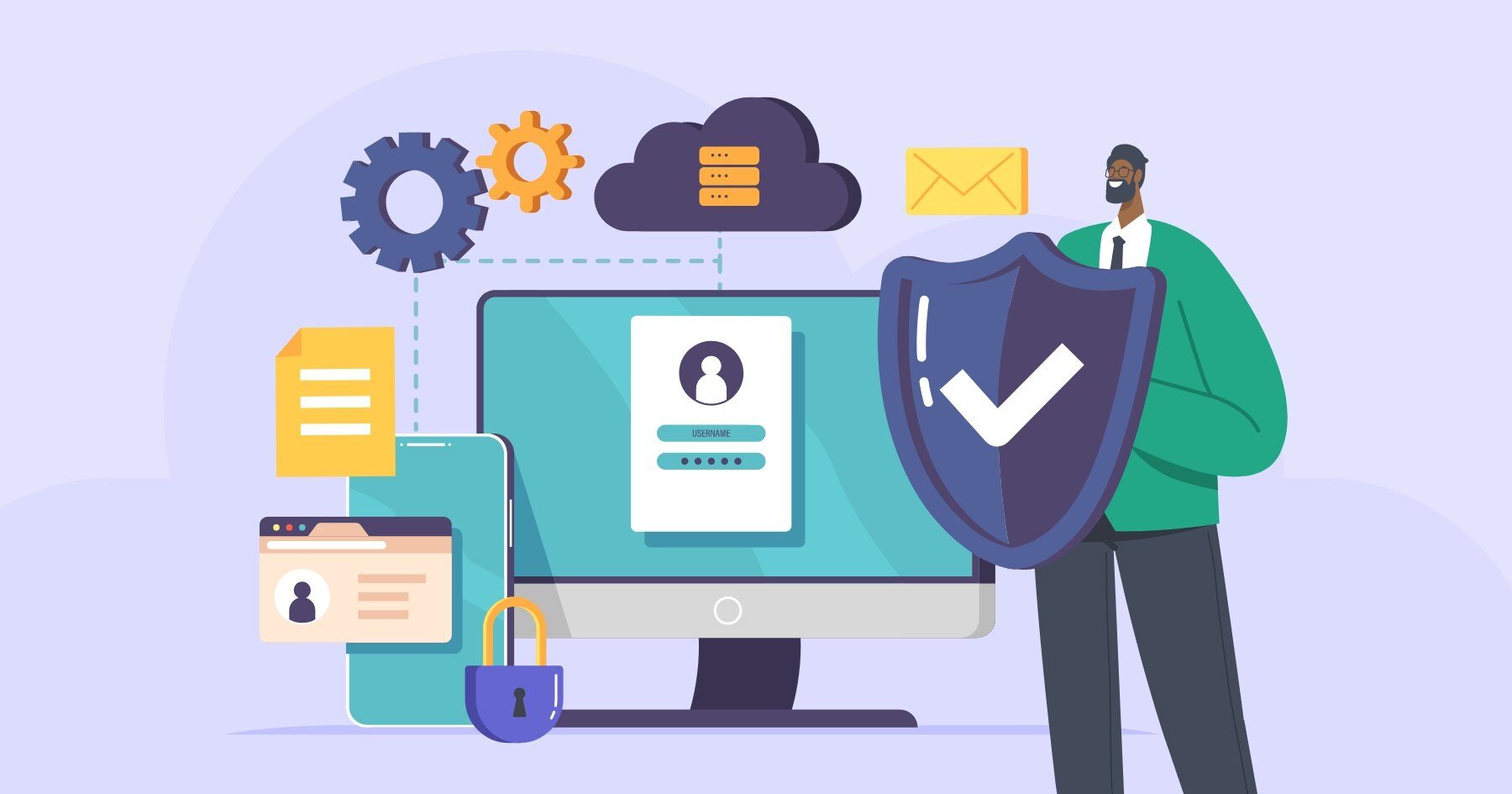Trying to keep up with all the various U.S. data privacy laws is enough to make anyone’s head spin, especially in third-party risk management. With the absence of U.S. federal regulation, organizations must stay informed of an assortment of state privacy laws, which have different guidelines to safeguard data. If that weren’t challenging enough, data is categorized into numerous categories with various acronyms like NPI, PII, PHI, SPI, and more.
Personally identifiable information (PII) and nonpublic personal information (NPI) are two types of data that are often confused with each other and frequently referenced in third-party risk management. In this blog, we’ll explain how they differ and some potential consequences of not protecting these types of data. You’ll also learn some best practices to ensure that PII and NPI are protected in your third-party risk management program.
The Broad Scope of PII
The Department of Homeland Security and the Department of Labor are two agencies that have defined personally identifiable information (PII), which is broader in scope than NPI. PII is also at the foundation of the 2018 California Consumer Privacy Act (CCPA). In general, PII refers to any information that allows the identity of an individual to be indirectly or directly inferred.
The following are some examples of PII:
- Names
- Addresses
- Social Security numbers
- Telephone numbers
- Email addresses
- Purchase history
- Internet browsing history
- Fingerprints
- Combination of gender, race, birth dates, and/or geographic indicators
Although PII covers a wide scope of information, certain data types can be excluded from privacy laws. Licenses, property records, or other information that is made publicly available through the government would not be considered PII.
An Understanding of NPI
Nonpublic personal information (NPI) can generally be considered a subset of PII. The Federal Trade Commission (FTC) defines NPI in the Gramm-Leach-Bliley Act, which was enacted in 1999. According to the FTC, NPI includes any information that an individual provides to obtain a financial product or service, unless that information is otherwise "publicly available". It can also include information obtained from a transaction or in connection with providing a financial product or service.
The following are just some examples of NPI:
- Names
- Addresses
- Income information
- Social Security numbers
- Data submitted on an application
- Account numbers
- Payment history
- Court records
The FTC uses the phrase “publicly available” to distinguish the types of information that is NOT considered NPI. If an individual is aware that their personal information is legally available to the public and hasn’t taken action to make it nonpublic, that information would not be considered NPI.

3 Consequences of Failing to Protect PII and NPI in Third-Party Risk Management
It’s important to remember that your organization is responsible for safeguarding your customers’ data, even when it’s in the hands of your third-party vendors. Here are some potential consequences you’ll face if your third parties fail to protect your customers’ PII and NPI:
- Additional expenses – If your third-party vendor fails to protect customer data and suffers a breach, your organization could face additional expenses in the form of regulatory fines, victim settlements, or legal fees.
- Loss of customers – Depending on the impact of a third-party security incident, some customers may decide that they can no longer trust your organization and choose to take their business elsewhere.
- Damaged reputation – In addition to the loss of existing customers, consider how prospective customers will see your organization after an incident. Negative news can quickly damage a reputation that took years to build.
Protecting Consumer Data in Third-Party Risk Management
It’s more important than ever to ensure that your vendors are properly safeguarding your customers’ NPI and PII. As third-party cybersecurity incidents continue to rise, make sure your vendors are prepared to prevent, detect, and respond to an event.
- Prevention: Vendors that have access to NPI or PII should be performing security testing on internal and external vulnerabilities. They should also perform penetration and social engineering testing at least annually. This will identify any weaknesses that can be resolved before they’re exploited.
- Detection: No organization will be completely protected from cybersecurity incidents, so it’s important that you understand your vendor’s detection and notification process to ensure that it’s both timely and effective.
- Response: Your vendor’s incident management plan should be thoroughly assessed so you understand how they’ll respond when an incident occurs. The confidentiality, integrity, and availability of your customers’ NPI and PII will be greatly impacted by how quickly and effectively the vendor responds to and resolves an incident.
Reviewing your vendors’ cybersecurity program isn’t only a best practice to protect your customers’ information; it’s also a regulatory expectation. Data privacy will likely continue to be a hot topic in emerging legislation, so it’s important that your organization understands how its vendors are protecting your customers’ information.



